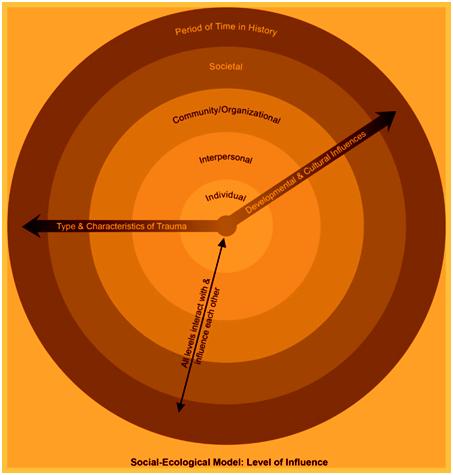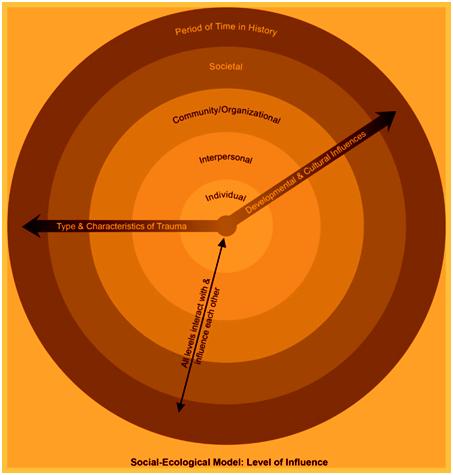
Family involvement works well with other initiatives

Imagine this scenario: You are happily working away at your accounting job and suddenly a strange person shows up, wags their finger at you and says, “You now have to use SuperDuperMonkeyWrench software for each and every one of your accounting tasks!” You wouldn’t like that, would you? Well, that’s exactly what we’re thinking in regard to helping VCH staff and volunteers involving family more. We don’t want to be another strange person parachuting in from who-knows-where, telling staff to implement yet another flavor of the month.
To counteract that, we looked at a number of important initiatives underway at VCH and regionally, and put a bit of thought into how our ideas dovetail with them. Here are some thoughts:
RECOVERY
(Click here for a refresher on what recovery can mean)
Research and experience show that family can be the most significant source of hope, and hope is one of the most important factors in recovery. Also, family involvement can prevent relapse, and most consumers (78% in one study) welcome and desire a diverse range of family involvement.
Sources:
“Who Believes Most in Me and in My Recovery”: The Importance of Families for Persons With Serious Mental Illness Living in Structured Community Housing
(Piat et al, 2011)
Preferences for Family Involvement in Care Among Consumers With Serious Mental Illness
(Cohen et al., 2013)
The effect of family interventions on relapse and rehospitalization in schizophrenia–a meta-analysis. (Pitschel-Waltz et al., 2001)
RELEASING TIME TO CARE™
RT2C is a program that empowers frontline nurses to come together to analyze their work environment and brainstorm ways to improve the quality of care for their patients. It is soon to be implemented by a number of units in mental health and addiction at VCH. The goal is to improve process and environment efficiency to enable healthcare providers to spend more time with their patients and ultimately provide safe, high quality care.
In terms of family, this may include involving families in safety and quality reporting; communicating daily goals with patients and families; involving patients and families in plan of care; freeing up nursing time by streamlining communication with family; and giving family all the information needed to help the client during their stay and during treatment.
Sources:
Productive Mental Health Ward, Saskatchewan Health Council
VCH Releasing Time to Care, Quality Forum Presentation 2013, Felicia Laing, Quality & Patient Safety Project Manager, VCH
TRAUMA INFORMED CARE
If you haven’t heard about trauma informed care yet, here is a description:
Trauma is a force that often shapes people’s mental, emotional, spiritual and physical well-being. Because trauma stems from many sources – from traumatic accidents to disaster, terrorism, war and domestic abuse, to name just a few – nearly every family is impacted in some way. In trauma-informed care, service providers are encouraged to shift from asking “What is wrong with you?” to “What has happened to you?” This reduces the blame, shame and misunderstandings that some people experience when confronted with something that triggers the reactions initiated by the trauma (e.g. reacting fearfully to a door closing loudly). It helps to understand how the past impacts the present. Trauma-informed care is a collaborative approach between consumer and care provider. On an organizational level, trauma informed care looks at things like how to communicate in a trauma informed manner, how to take into account the many aspects of a person’s life that can be affected by trauma, how the physical space is laid out, etc.
Examples of how this dovetails with family involvement: Involving the family can increase the social comfort that is so needed in trauma informed approaches. Trauma can be family-wide. Families can be traumatized by the mental illness and/or substance use of a loved one. Trauma affects the ability to parent well. The social-ecological model of trauma (below) shows the different levels of impact.
Sources:
Boston Consortium of Services for Families in Recovery: A Trauma-Informed Intervention Model for Women’s Alcohol and Drug Addiction Treatment
Amaro etc al.
SAMHSA: Trauma Informed Care in Behavioural Health Services
Supporting Parents With Mental Health Needs in Systems of Care
Friesen et al (2011)


